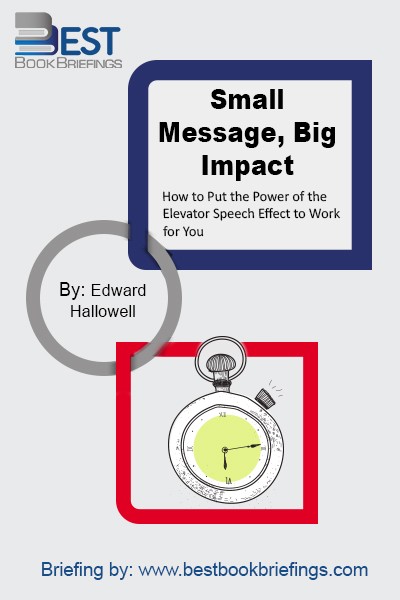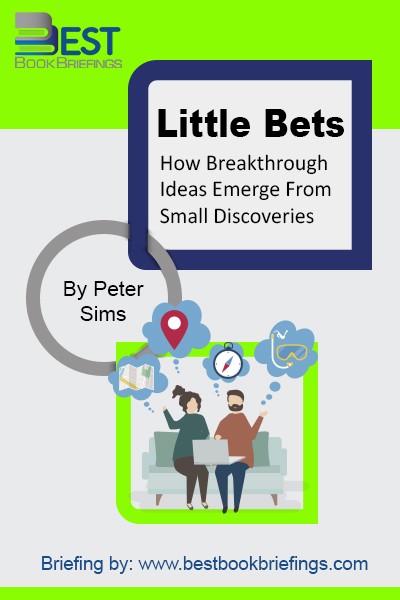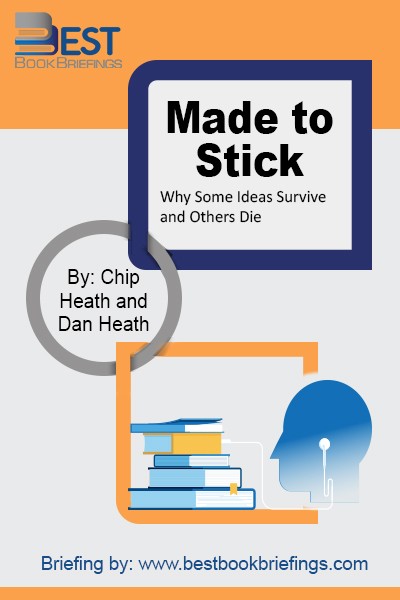Made to Stick
Why Some Ideas Survive and Others Die
Number of pages: 304
Publisher: Random House
BBB Library: Creativity and Innovation
ISBN: 9781400064281
Editorial Review
The bottom line is that some ideas are worth remembering; they stick to our minds and won't let loose. Some other ideas sink in the ocean of ideas. This is true, regardless of the authenticity of the idea itself. That is why we might hear an idea, follow it for years and years, but in the end, it turns out to be nothing more than a rumor or an old wife’s tale. From teachers to politicians to business people, people want their ideas to shine above the rest and to have that lasting effect on others. In every line of work, there are numerous paths and ways to create an idea, but which way it will stick and how would you know in advance is what we are about to discuss. Upon going over tons of ideas that have passed through generations, it has been noted that the ones we remember have their own set of traits, the same themes and same attributions that made them successful. These six principles create a checklist for a successful idea: A Simple, Unexpected, Concrete, Credentialed, and Emotional story (SUCCESS).
Book Reviews
Books on Related Topics

Terri L. Sjodin's new work, Small Message, Big Impact, provides an entertaining, straightforward, and practical how-to guide on effectively communicating an important message in a short period of time. She gives readers an inspiring new perspective on the power of what she calls the Elevator Speech Effect and shows them how to

Little Bets is based on the proposition that we can use a lot of little bets and certain creative methods to identify possibilities and build up to great outcomes. At the core of this experimental approach, little bets are concrete actions taken to discover, test, and develop ideas that are achievable

Ideas are the currency of the twenty-first century. Some people are exceptionally good at presenting their ideas. Their skill elevates their stature and influence in today's society. There's nothing more inspiring than a bold idea delivered by a great speaker. Ideas, effectively packaged and delivered, can change the world. So, wouldn't

It's Not How Good You Are, It's How Good You Want to Be is a handbook of how to succeed in the world - a pocket 'bible' for the talented and timid to make the unthinkable thinkable and the impossible possible. The world's top advertising guru, Paul Arden, offers up his

While intelligence and skills are important, there’s another element that’s critical to your team’s success: diversity. There are many types of diversities, like demographic diversity and cognitive diversity. This summary of Rebel Ideas by Matthew Syed is concerned with cognitive diversity, which is the diversity of the minds we engage with.



